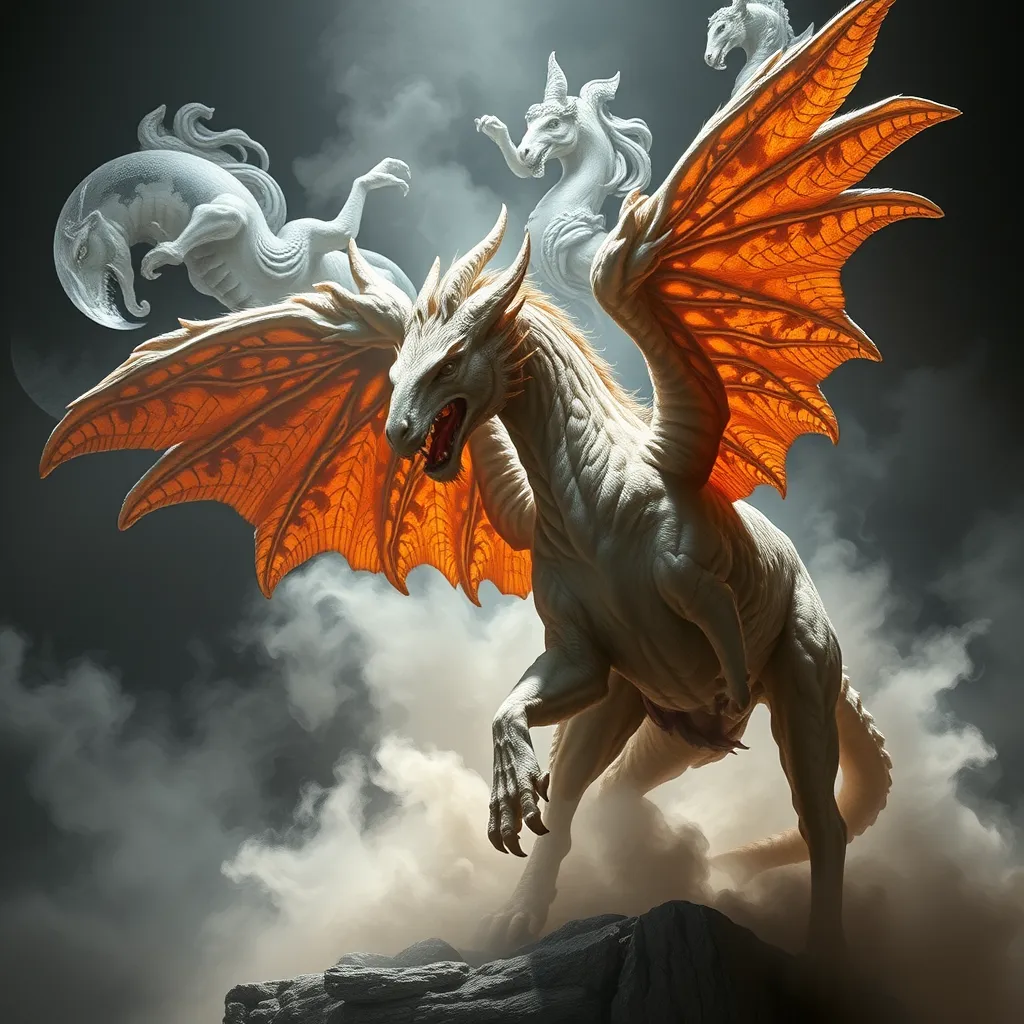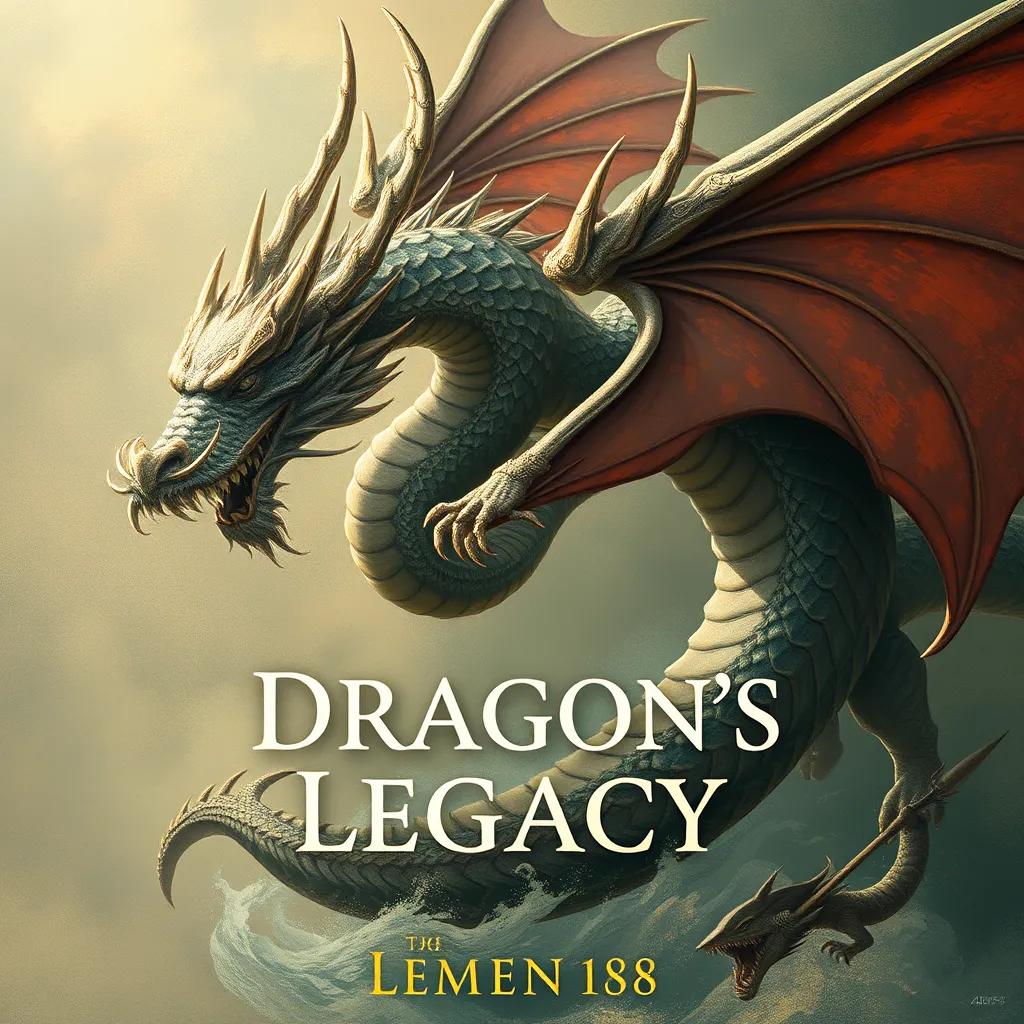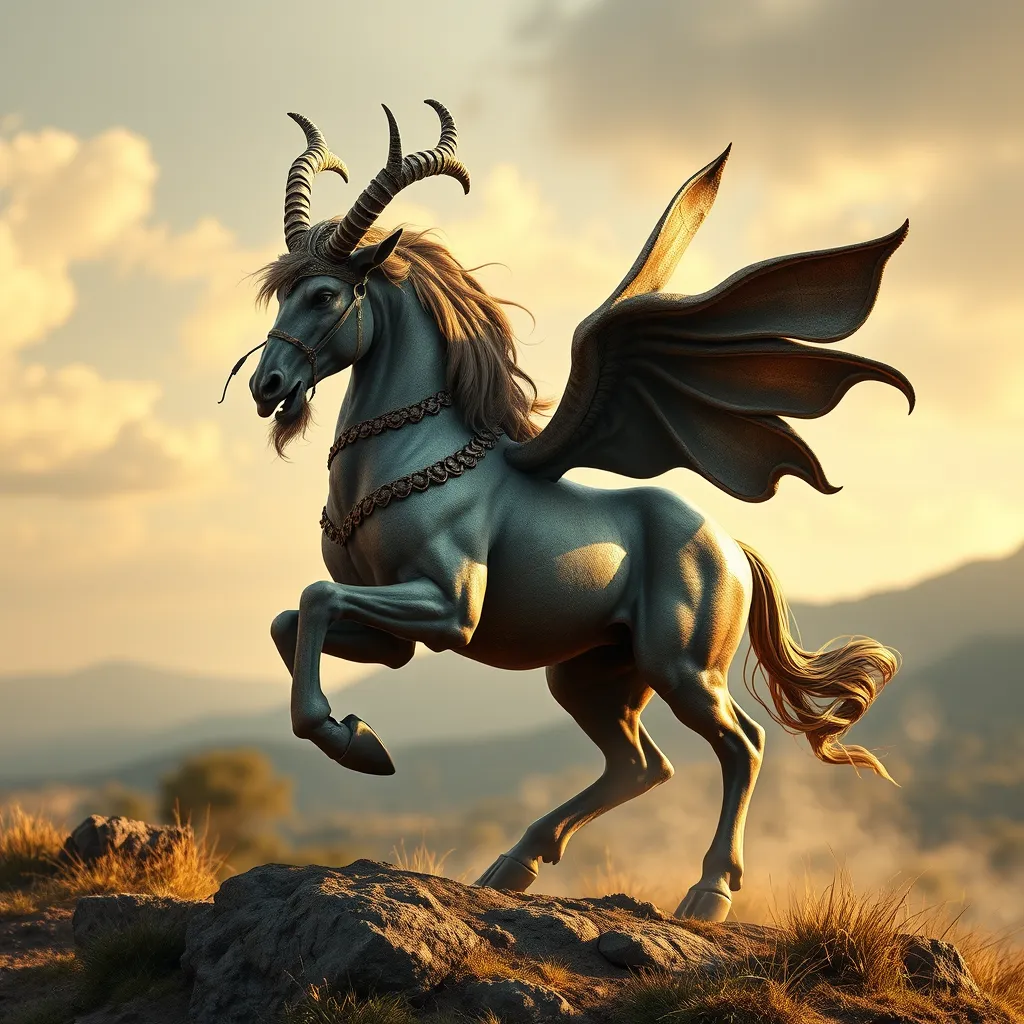The Chimera in Roman Poetry: Echoes of Greek Mythology in Latin Verse
I. Introduction
The Chimera, a creature of Greek mythology, is often depicted as a fearsome beast with the body of a lion, a goat’s head protruding from its back, and a serpent for a tail. This monstrous entity symbolizes chaos and the untamed forces of nature, embodying the fears and anxieties of ancient peoples. The significance of mythological influences in Roman poetry cannot be overstated, as these narratives provided a rich tapestry of themes, characters, and symbols for poets to explore.
This article aims to delve into the representation of the Chimera in Latin verse, examining how Roman poets adapted and transformed this mythological figure from its Greek origins into a distinct symbol within their own literary contexts.
II. The Origin of the Chimera in Greek Mythology
The Chimera first appears in Greek mythology as a monstrous offspring of Typhon and Echidna, known for its terrifying appearance and destructive nature. Its characteristics and symbolism encompass various elements:
- Physical Form: The combination of different animals in the Chimera’s form symbolizes the unnatural and chaotic aspects of existence.
- Symbol of Destruction: The Chimera represents the uncontrollable forces of nature that threaten human civilization.
In Greek literature, the Chimera plays a significant role, particularly in the works of key authors such as Hesiod and Homer. Hesiod describes the creature in “Theogony,” while Homer references it in “The Iliad,” where it is depicted as a formidable opponent, embodying the chaos of war and the fears of Greek heroes.
III. The Transition from Greek to Roman Literature
The Roman adaptation of Greek myths occurred against a backdrop of cultural exchange and conquest, as the Romans were heavily influenced by Greek literature, art, and philosophy. This historical context facilitated a blending of mythological elements, allowing Roman poets to reinterpret Greek narratives for their own audiences.
Roman poets, such as Virgil and Ovid, drew from Greek sources while infusing their works with Roman values and perspectives. This transition highlights how the Chimera and other mythological figures were adapted to reflect the complexities of Roman society.
IV. The Chimera in Roman Poetry: Key Texts and Authors
Several prominent Roman poets referenced the Chimera in their works, utilizing its symbolism to convey deeper themes:
1. Virgil
In Virgil’s “Aeneid,” the Chimera is invoked to symbolize the perils faced by Aeneas and his companions. The imagery evokes the chaos of war and the unpredictability of fate, reinforcing the epic’s exploration of heroism and destiny.
2. Ovid
Ovid, in his “Metamorphoses,” presents the Chimera as part of a larger narrative about transformation and identity. The creature’s hybrid form serves as a metaphor for the fluidity of existence, reflecting Ovid’s themes of change and metamorphosis.
3. Statius
In Statius’s “Thebaid,” the Chimera appears as a symbol of internal strife and conflict among the characters. The monster’s presence amplifies the themes of rivalry and chaos, underscoring the destructive consequences of ambition and power struggles.
V. Symbolism and Themes Associated with the Chimera in Roman Verse
The Chimera’s representation in Roman poetry is rich with symbolism and thematic depth:
- Chaos and Monstrosity: The Chimera epitomizes the chaotic forces that disrupt order and harmony, serving as a cautionary symbol against the dangers of unchecked ambition.
- Duality and Transformation: The creature’s hybrid nature reflects themes of duality, illustrating the coexistence of different identities and the potential for transformation.
- Exploration of Human Fears and Desires: The Chimera embodies human anxieties about the unknown and the uncontrollable aspects of life, prompting reflections on mortality and the limits of human understanding.
VI. Comparative Analysis: Greek vs. Roman Representations
When comparing Greek and Roman representations of the Chimera, several similarities and differences emerge:
A. Similarities in Portrayals
Both Greek and Roman depictions highlight the Chimera’s monstrous nature and its association with chaos and destruction. The creature serves as a reminder of the fragility of human existence in the face of overwhelming forces.
B. Key Differences in Themes and Interpretations
While Greek literature often emphasizes the Chimera’s role as an adversary in the context of heroism, Roman poetry tends to focus on broader themes of duality, transformation, and the internal struggles of characters. This shift reflects the Romans’ more introspective approach to mythological narratives.
C. The Evolution of Mythological Narratives Across Cultures
The evolution of the Chimera’s narrative across cultures showcases the adaptability of mythological themes. As the Romans reinterpreted the Chimera, they infused their own cultural values and societal concerns, creating a rich dialogue between the two traditions.
VII. The Legacy of the Chimera in Later Literature and Art
The influence of Roman depictions of the Chimera extends beyond antiquity, impacting subsequent literary works and artistic representations:
A. Influence of Roman Depictions on Subsequent Literary Works
Writers during the Renaissance and beyond drew inspiration from the Chimera, often using it as a symbol of human ambition and the pursuit of unattainable ideals.
B. The Chimera in Renaissance and Modern Interpretations
In Renaissance art, the Chimera was frequently depicted in paintings and sculptures, symbolizing the tension between man and nature. Modern interpretations often explore the creature’s themes of hybrid identity and existential conflict.
C. The Lasting Impact of the Chimera as a Cultural Symbol
The Chimera’s legacy as a cultural symbol persists in contemporary discussions of monstrosity, identity, and the human condition, showcasing its relevance across time and cultures.
VIII. Conclusion
In summary, the representation of the Chimera in Roman poetry reveals the complexities of mythological adaptations and the enduring significance of these motifs. Through the works of poets like Virgil, Ovid, and Statius, the Chimera evolves from a Greek monster into a multifaceted symbol reflecting Roman concerns and themes.
The exploration of mythological motifs in literature underscores the interconnectedness of cultures and the timeless nature of human fears and desires. Ultimately, the Chimera’s legacy continues to resonate in Western culture, reminding us of the power of stories to shape our understanding of the world.



